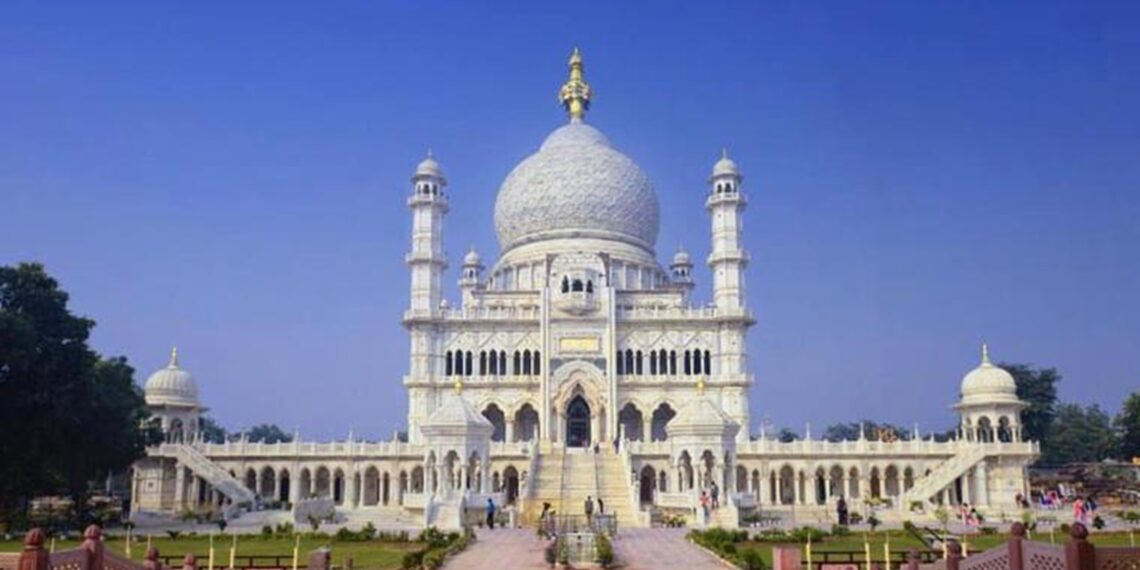In Agra, the city renowned for the Taj Mahal, a new architectural marvel is drawing crowds and sparking comparisons with the iconic monument.
The Soami Bagh mausoleum, a pristine white marble structure dedicated to the founder of the Radha Soami faith, has become a popular destination for spiritually inclined tourists and architecture enthusiasts alike.
Located approximately 12 km from the Taj Mahal, the Soami Bagh mausoleum took an astonishing 104 years to complete.
Visitors are often struck by its grandeur and intricate craftsmanship, which many consider a worthy rival to the world-famous Taj.
Constructed on a foundation of 52 wells and standing 193 feet tall, the mausoleum’s marble was sourced from the Makrana quarries in Rajasthan, the same source as the marble for the Taj Mahal.
The origins of the mausoleum date back to 1904 when work began on a new design by an architect from Allahabad.
Despite several interruptions, the construction has continued mostly by hand since 1922.
Today, modern machinery aids the artisans, but their devotion and meticulous work remain unchanged.
The mausoleum’s design blends various architectural styles, creating a unique and harmonious structure that defies categorization as either modern or traditional.
A notable feature is its 31.4-foot gold-plated pinnacle, taller than that of the Taj Mahal, mounted with the help of a crane brought from Delhi.
Officials involved in the project highlighted that the construction was a form of worship that will continue relentlessly.
Despite facing numerous challenges, including difficulties in procuring high-quality marble and labour shortages, the project has come to fruition and now stands as a symbol of resilience and spiritual dedication.
While the Taj Mahal remains the top choice for visitors due to its historical significance and romantic allure, the Soami Bagh mausoleum offers a different kind of experience.
It serves as both an architectural marvel and a centre for spiritual healing and solace, attracting those seeking a deeper connection.















